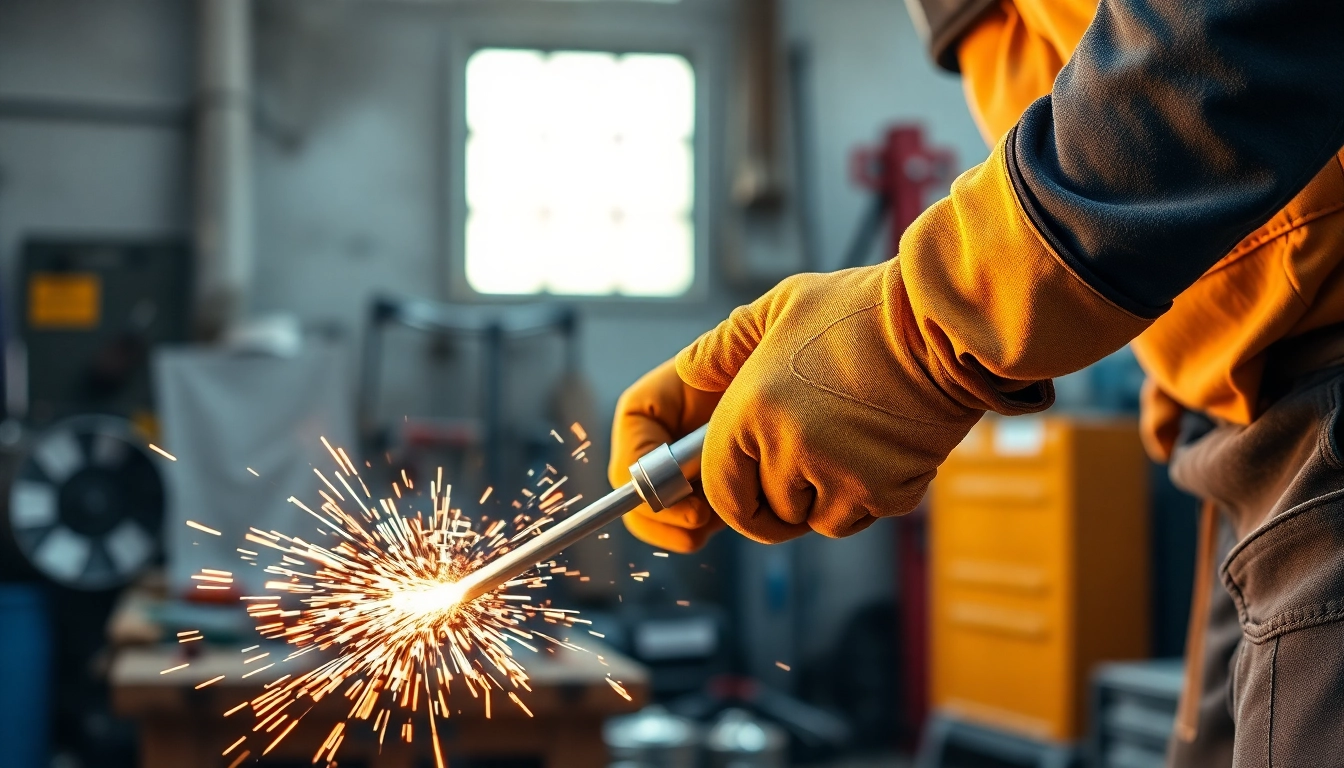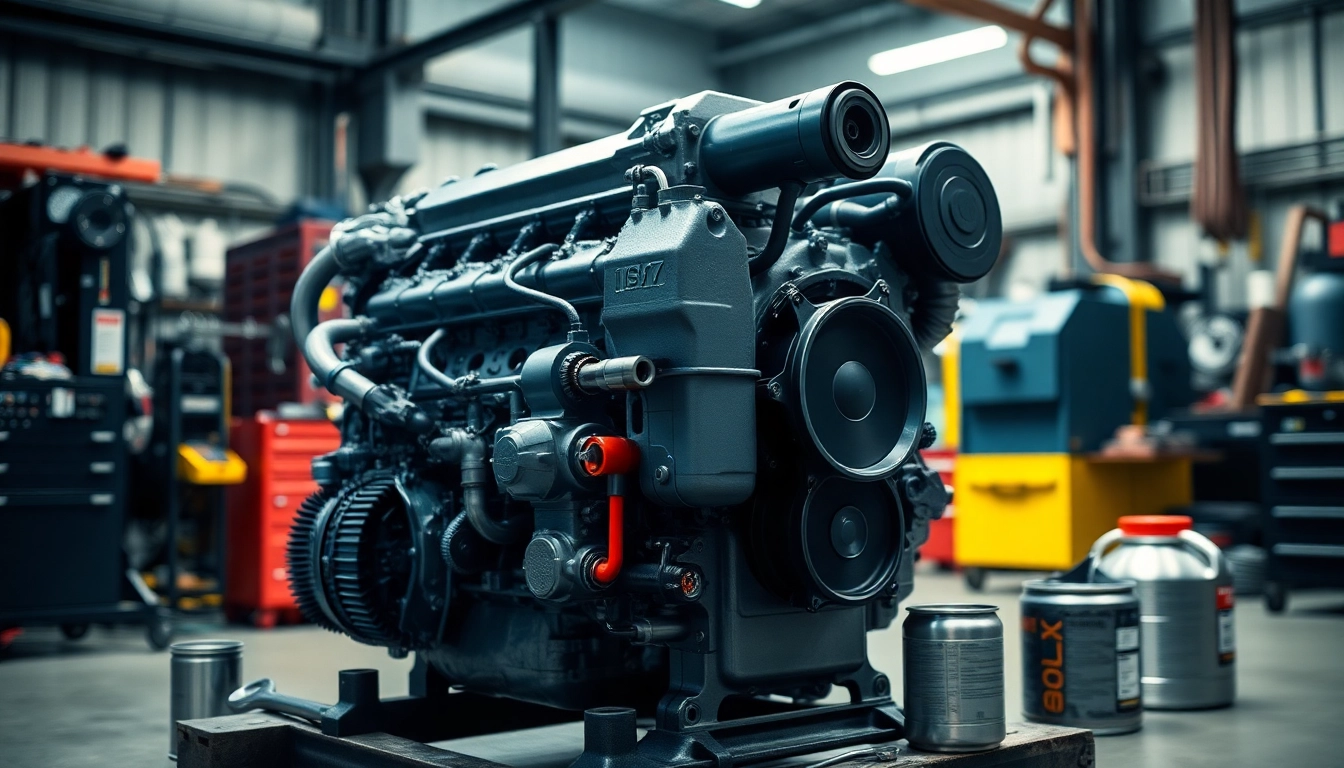Innovative Small Business Subscription Models for Sustainable Growth

Understanding Small Business Subscription Models
What is a Small Business Subscription?
A small business subscription involves offering products or services to customers on a recurring basis, usually through a monthly or annual payment plan. This model allows businesses to generate consistent revenue while providing customers with value through convenience and ongoing access to goods or services. Unlike traditional sales, where customers make one-time purchases, subscriptions foster long-term relationships and loyalty, as customers engage with businesses over time. Organizations range from software providers offering subscription-based tools, like productivity suites, to subscription box services delivering curated products.
Benefits of Subscription Models for Small Businesses
Subscription models provide numerous advantages to small businesses, including:
- Predictable Revenue Streams: Subscription models help businesses forecast income and manage cash flow better, leading to increased stability.
- Customer Retention and Loyalty: By fostering ongoing relationships, subscriptions create a loyal customer base that values convenience and tailored experiences.
- Reduced Marketing Costs: Retaining existing customers is often less costly than acquiring new ones, allowing businesses to allocate resources more efficiently.
- Opportunities for Upselling: Businesses can offer additional services or products to existing subscribers, increasing the average customer lifetime value.
- Flexibility in Offerings: Businesses can adapt their offerings based on customer feedback and market trends, maintaining relevance and competitiveness.
Common Types of Subscription Services
Small businesses utilize various subscription models, each serving different market needs:
- Consumable Subscriptions: These services provide regularly replenishable items such as groceries, toiletries, or snacks. For example, companies like subscription box services are popular in this category.
- Digital Subscriptions: Software as a Service (SaaS) platforms like Microsoft 365 and Adobe Creative Cloud exemplify digital subscriptions, offering tools and resources for a monthly or annual fee.
- Membership Clubs: Organizations offer exclusive access to products, services, or experiences. For instance, fitness centers and online education platforms use this model.
- Content and Streaming Services: Companies like Netflix, Spotify, and Audible deliver curated content to subscribers for a fee, capitalizing on demand for media and entertainment.
Steps to Implement a Small Business Subscription
Evaluating Your Business Needs for Subscriptions
Before embarking on a subscription model, small businesses should conduct a thorough evaluation of their needs and capabilities. Consider the following:
- Market Research: Assess customer preferences and behaviors to determine if a subscription model aligns with their needs. Explore competitor offerings and identify gaps in the market.
- Product/Service Fit: Ensure that your products or services lend themselves to a subscription model. Evaluate whether they meet recurring consumer needs and how often customers would require replenishment or engagement.
- Operational Readiness: Assess your operational capabilities to support a subscription model, including logistics, inventory management, and customer service requirements.
Creating an Attractive Subscription Offer
An effective subscription offer should clearly demonstrate value to potential subscribers. Consider the following elements:
- Pricing Strategy: Develop competitive and transparent pricing. Investigate tiered pricing options to cater to different customer segments.
- Unique Value Proposition: Identify what differentiates your subscription from competitors and focus on unique features and benefits.
- Flexible Terms: Offer trial periods, month-to-month subscriptions, or customizable packages that meet diverse customer needs.
- Engaging Marketing: Leverage social media, email campaigns, and content marketing to create buzz around your subscription offer and drive sign-ups.
Legal Considerations for Subscription Services
Implementing a subscription service entails various legal considerations, including:
- Terms of Service: Clearly outline terms and conditions, including billing cycles, cancellation policies, and refund processes.
- Data Protection: Understand legal requirements regarding customer data protection and ensure compliance with regulations such as GDPR or CCPA.
- Payment Processing: Select a secure payment processing solution that complies with financial regulations and prepares for recurring transactions.
Best Practices for Managing Subscriptions
Retention Strategies for Subscription Customers
Retention is crucial for subscription success. Here are some effective strategies:
- Personalized Experiences: Utilize customer data to create personalized recommendations and tailored communications, enhancing customer engagement.
- Regular Communication: Keep subscribers informed with newsletters, updates, and exclusive offers to reinforce community and belonging.
- Feedback Loops: Encourage subscriber feedback through surveys and reviews to understand their needs and continuously improve your offerings.
- Incentivize Loyalty: Reward long-term subscribers with loyalty programs, discounts, or exclusive content to maintain engagement and encourage retention.
Tools for Managing Subscriptions Effectively
Effective subscription management is crucial for operational efficiency. Consider using tools like:
- Subscription Management Platforms: Platforms such as Subbly streamline the management of subscriptions, billing, and customer engagement.
- CRM Systems: Utilize customer relationship management (CRM) tools to track interactions, inquiries, and feedback across customer life cycles.
- Analytics Tools: Implement analytics solutions to monitor subscription performance, churn rates, and customer lifetime value, informing strategic decisions.
Tracking Performance Metrics
Measuring the success of a subscription model relies on key performance indicators (KPIs) including:
- Monthly Recurring Revenue (MRR): Calculate the recurring revenue generated monthly from your subscribers for financial insights.
- Churn Rate: Track the percentage of subscribers who cancel their subscriptions over time, identifying opportunities for improvement.
- Customer Lifetime Value (CLV): Understand the total expected revenue from a customer throughout their relationship with your business.
- Engagement Metrics: Monitor subscribers’ interactions, purchases, and feedback to enhance offerings and customer satisfaction.
Case Studies of Successful Small Business Subscriptions
Examples from Various Industries
Numerous small businesses have successfully implemented subscription models, demonstrating various applications across industries. Some noteworthy examples include:
- Blue Apron: This meal kit delivery service offers a subscription for home-cooked meal solutions, catering to health-conscious consumers. Their model highlights convenience and quality.
- Book of the Month: A literary subscription service providing subscribers with curated selections of contemporary titles. Their focus on personalized choices has garnered a loyal following.
- Birchbox: Offering beauty and grooming products via a monthly subscription, Birchbox tapped into consumers’ desires for personalized beauty experiences and trial opportunities.
Lessons Learned from Successful Models
Successful subscription businesses share common traits that provide valuable lessons for other enterprises:
- Focus on Customer Experience: Leading subscription services prioritize customer satisfaction, ensuring high product quality and prompt service.
- Adaptability: Successful companies continuously adapt offerings based on market insights and subscriber feedback, remaining relevant to changing consumer preferences.
- Engage Community: Building a community around the subscription fosters loyalty, as customers feel more invested in brands they resonate with.
Potential Pitfalls and How to Avoid Them
While subscription models can be lucrative, they are not without challenges. Address these common pitfalls with proactive measures:
- Underestimating Churn Rates: New businesses may be shocked by churn rates. Implement regular check-ins with subscribers to assess satisfaction and develop strategies to reduce churn.
- Poor Communication: Failure to engage with subscribers can lead to a disengaged customer base. Regularly communicate value and updates to maintain interest.
- Overcomplicating the Offer: Ensure that the subscription model is easy to understand and navigate. Ambiguity can deter potential subscribers.
The Future of Small Business Subscriptions
Trends Shaping the Subscription Landscape
The landscape of small business subscriptions is ever-evolving, influenced by technological advancements and changing consumer preferences. Some prominent trends include:
- Increased Personalization: Businesses are leveraging data analytics to deliver tailored experiences that resonate with individual customers’ needs and preferences.
- Sustainability Focus: More consumers prefer businesses that prioritize sustainability in their offerings, leading to eco-friendly subscription boxes and products.
- Community-Driven Models: Subscription services are blending e-commerce with community engagement, creating shared spaces for users to connect and explore common interests.
Opportunities for Innovation
Small businesses are presented with numerous opportunities to innovate their subscription offerings:
- Combining Services: Implementing hybrid models that blend products and services can create unique offerings, such as educational content with curated goods.
- Dynamic Pricing Models: Exploring pricing models that adapt based on usage and demand can enhance flexibility and customer satisfaction.
- Augmented Reality Experiences: Utilizing AR technology to enhance the subscription experience can revolutionize how customers interact with products and services.
Ongoing Customer Engagement Strategies
To maintain long-term relationships with subscribers, businesses should implement strategies that promote continuous engagement:
- Loyalty Programs: Develop rewards programs that encourage subscribers to refer friends and improve retention rates.
- Exclusive Content: Provide subscribers with access to exclusive content, events, or previews that enhance their experience and foster community.
- Regular Feedback Mechanisms: Establish channels through which subscribers can provide feedback, ensuring they feel valued and heard.








